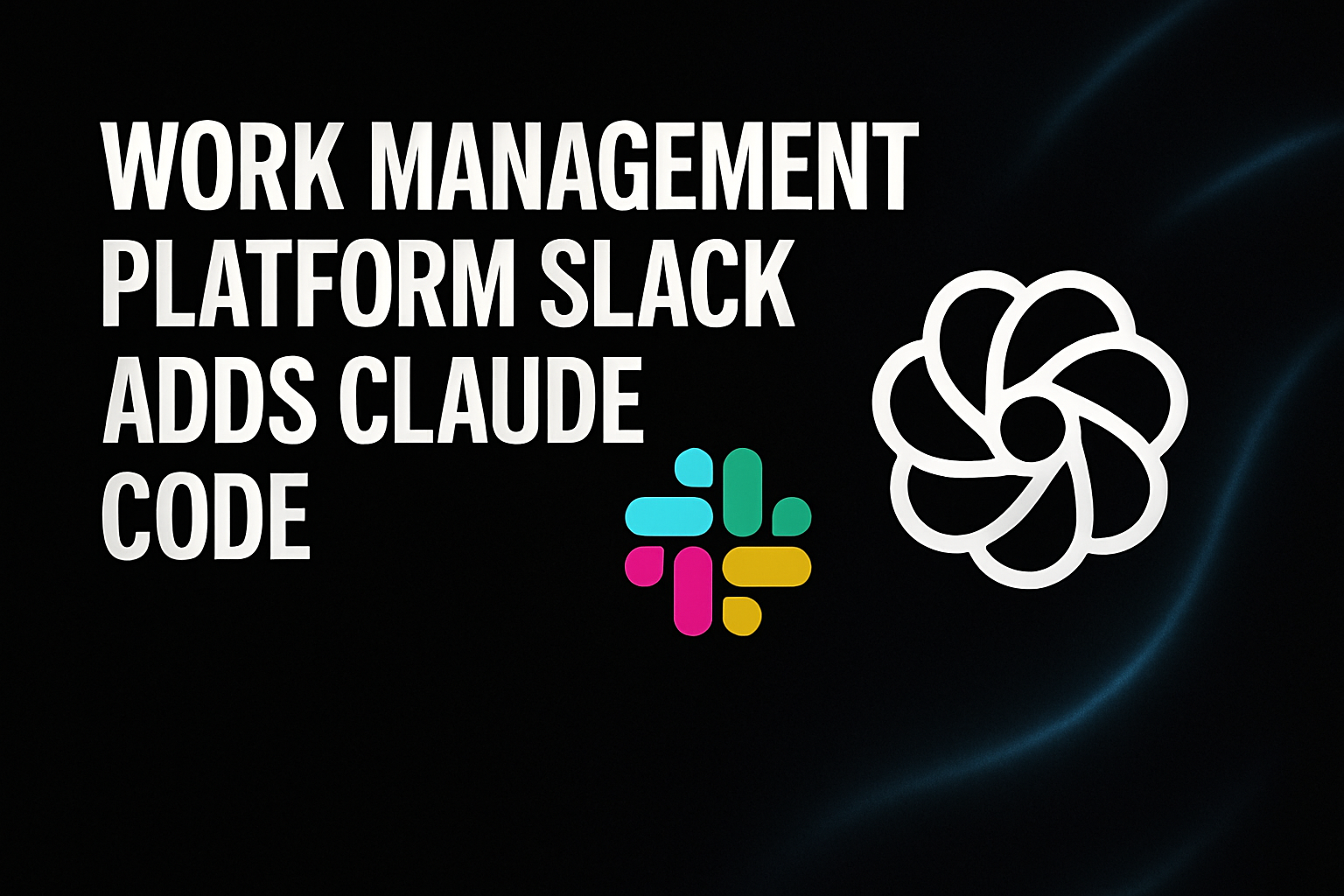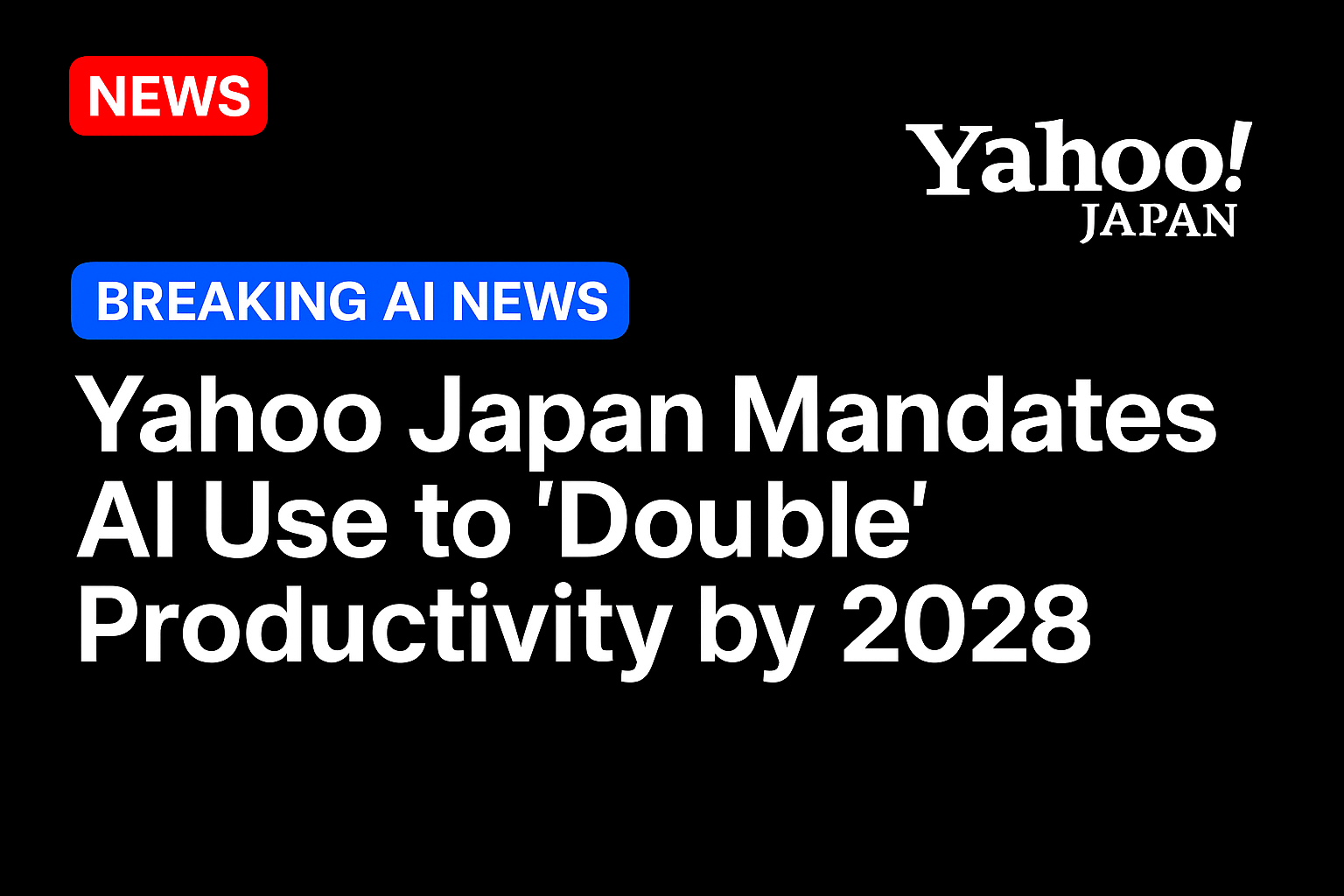For decades, the playbook for operational excellence was written in the language of efficiency. Cost per unit, just-in-time delivery and minimal inventory were the markers of a well-run supply chain. The world’s most admired companies built their empires on the ability to extract waste and friction from production and logistics networks.
But the assumptions that underpinned this model, such as stable geopolitics, predictable trade rules and reliable shipping lanes, are collapsed under the weight of a more volatile era.
“The current trade landscape that we see today is marked by widespread volatility, complete unpredictability,” Dean Bain, SVP supply chain at Coupa, told PYMNTS. “We’re seeing businesses grappling with rising costs, with margin erosion, with trying to figure out how they deal with this uncertainty and provide greater agility to their business.”
That realization drove Coupa to build a tool that would embed tariff scenario planning directly into its supply chain management suite. The goal is to allow clients to model alternative sourcing decisions and assess their downstream impact on cost and risk, essentially turning trade volatility into a quantifiable variable rather than a blind spot.
“It’s the ability for them to identify what alternate sourcing options there are and to use data to make data-driven decisions that ultimately protect the profitability and the market position of that company,” Bain said.
In today’s world of permanent volatility, where trade wars, tariffs, and geopolitical shocks are structural rather than episodic, resilience has replaced efficiency as the new baseline for value creation.
Measuring the New Metrics of Agility
This shift is transforming planning from a quarterly or annual exercise into a daily or even continuous process. The faster the world changes, the more predictive and autonomous the tools need to become.
That’s why, if the past five years were about digitization, the next five will be about intelligence; not just collecting data, but acting on it autonomously.
Coupa is already deploying artificial intelligence agents trained on its “data moat” of $8 trillion of spend activity . These AI agents can autonomously manage sourcing, negotiate contracts, and even identify emerging risks before human planners see them.
“We’ve launched AI capabilities in the last year … that just amaze us,” Bain said. “Work that sometimes took days and weeks to perform is being completed in hours by AI.”
Bain described a system that doesn’t just automate tasks but prescribes action: “We have this concept of what we call AI prescriptions … an AI-driven capability that essentially is monitoring your supply chain and looking for risk and bringing to the user a notion of, ‘This is something you should consider.’”
Modeling the ‘What-Ifs’ of Global Sourcing
Scenario planning, once a theoretical exercise, has become a continuous discipline powered by innovation. For global firms especially, the complexity of today’s trade disruptions is immense. Navigating this uncertainty has required firms to embrace iterative, data-rich processes that span procurement, logistics and finance.
For Bain, the technological leap is inseparable from a cultural one. The legacy supply chain function, he said, was “very siloed and manual, heavily reliant on Excel, not extremely connected.”
Finance, procurement and supply chain teams made decisions independently, often optimizing for their own metrics without understanding the trade-offs elsewhere.
Now, those silos are giving way to what Bain called a “single pane of glass,” representing a shared digital workspace where all functions collaborate on the same data. The convergence is being powered by AI and analytics.
“We’re moving from this reactive, siloed way of doing business, very manual and spreadsheet-based, into a much more digitized, proactive, [and] autonomous process,” he said.
“Data’s probably the biggest asset that we’ve gotten over the last 10 years,” Bain added. “With AI and the increased compute [power], we’re able to start leveraging this data to help drive data-driven decisions.”
Enter the digital twin, a dynamic, AI-driven model of the supply chain that can simulate disruptions and recommend responses in real time.
Bain said the focus today for companies is building resilience and agility into their supply chains, and companies are doing that by building digital twins of their operations.
“Understanding … at any particular node what we can do to model a scenario, how we can understand the what-if questions, and how we do that is through the power of AI,” he said.
A Future Built on Optionality
But what about the data itself — the raw fuel for this transformation?
Bain sees a profound shift coming in how data is structured, shared, and connected across systems. “It’s no longer the single data lake,” he said. “It’s the ability to connect different platforms together that can communicate with one another, that can inform one another.”
That connected intelligence gives firms a panoramic view across cost, risk and resilience simultaneously.
“Businesses [have to build] around optionality, thinking about how to manage the multi-layer of risk. This will require the right data, the right indicators, built into our software, systems, and processes that engineer resiliency,” Bain said.
He cited three imperatives for the next era of supply chain leadership. First, to treat data as the core strategic asset, not an operational byproduct. Second, to leverage artificial intelligence not for automation alone but for judgment at scale. And third, to create a digital twin — a living model of the enterprise that reflects its vulnerabilities and opportunities in real time.
Above all, Bain said collaboration across functions — finance, procurement, supply chain — is what turns those tools into transformation. “It’s not just a single view of the business,” he said. “It’s a single decision that impacts not just one function, but the entire operation itself.”
Source: https://www.pymnts.com/




